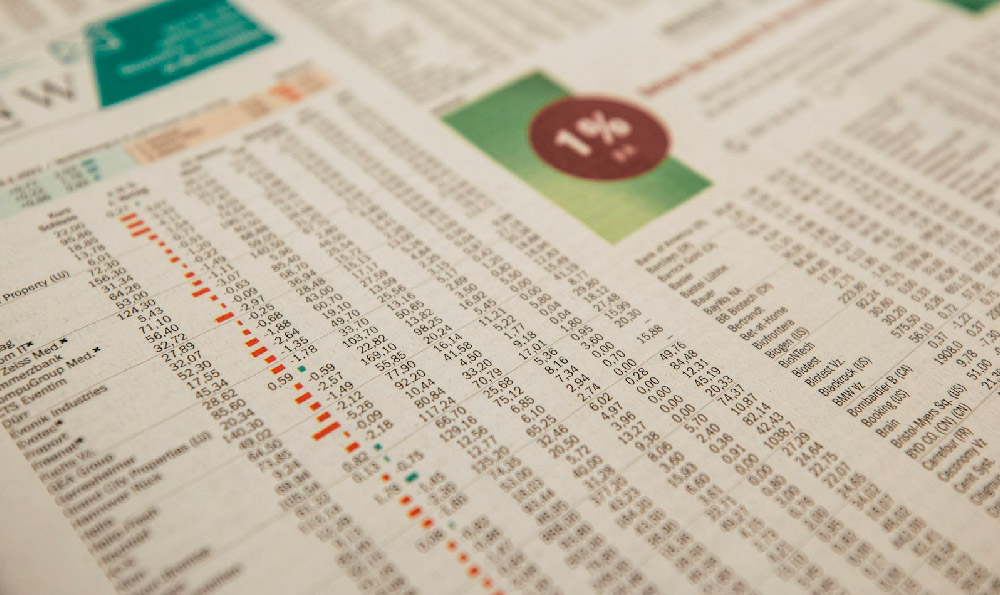Here's an exploration of how to craft a dollar bill money tree and a discussion of whether it's a worthwhile endeavor:
Creating a dollar bill money tree can be a fun and creative project, often used as a unique gift for graduations, weddings, or other celebratory occasions. It involves origami techniques to fold dollar bills into interesting shapes, typically flowers or leaves, and arranging them on a framework to resemble a miniature tree. While the aesthetic appeal is undeniable, let's delve into the step-by-step construction and the broader implications of this unusual present.
The initial step is gathering your materials. You'll need a considerable amount of crisp, uncirculated dollar bills. The quantity depends on the desired size and fullness of the tree. Start with at least 50 bills for a small tree and scale up accordingly for larger ones. You'll also require a sturdy base, such as a small potted plant or a foam cone. A wooden dowel or a branch can serve as the trunk. Floral wire, glue dots or a hot glue gun, and decorative elements like ribbons, beads, or artificial flowers will complete your toolkit.

Now, to the intricate part: folding the dollar bills. There are numerous origami designs you can choose from, but the most common are dollar bill roses and leaves. Countless online tutorials, including videos, provide detailed instructions for these folds. The key is precision and patience. Each fold needs to be crisp and accurate to create a visually appealing final product. Practice with scrap paper first to master the techniques before committing to your dollar bills. Consistent folding is crucial; all the "leaves" or "flowers" should look uniform for a polished look.
Once you have a collection of folded dollar bill creations, it's time to assemble the tree. Secure the trunk to the base. If you're using a potted plant, ensure the dowel or branch is firmly embedded in the soil. With a foam cone, you can simply insert the trunk into the center. Start attaching the folded dollar bills to the trunk using floral wire or glue dots. Begin at the bottom and work your way up, overlapping the pieces to create a full and layered effect. Pay attention to the arrangement, spacing the bills evenly to avoid bare patches. Varying the angles slightly can add depth and realism to the tree.
After the primary structure is complete, it's time for embellishments. Add ribbons, beads, or artificial flowers to enhance the visual appeal. Consider the recipient's taste and the occasion. For a wedding, white or pastel-colored ribbons and delicate floral accents might be appropriate. For a graduation, school colors or celebratory motifs could be used. Get creative and personalize the tree to make it truly unique.
Now, let's address the crucial question: Is crafting a dollar bill money tree worth the effort and expense? The answer depends on several factors.
The most obvious consideration is the cost. The monetary value of the tree is directly proportional to the number of dollar bills used. While it presents as a visually impressive gift, it might be less economical than simply gifting the equivalent cash or a carefully chosen item. Weigh the cost of the dollar bills against other gift options to determine if it aligns with your budget and the recipient's needs.
The time investment is another significant factor. Folding dozens or even hundreds of dollar bills requires considerable time and patience. If you have limited time or are easily frustrated by intricate crafts, this project might not be suitable. However, if you enjoy crafting and find the process relaxing, the time investment might be a worthwhile trade-off for a unique and personalized gift.
The recipient's personality and preferences are also crucial. A dollar bill money tree is a novelty gift. Some individuals might appreciate the creativity and effort involved, while others might find it impractical or even wasteful. Consider the recipient's personality and sense of humor. Are they likely to appreciate the artistry and uniqueness of the gift, or would they prefer a more practical or conventional present?
Furthermore, consider the long-term usability of the gift. While the dollar bills can be unfolded and spent, doing so essentially destroys the artwork. The recipient faces a dilemma: preserve the aesthetic value of the tree or utilize the money for its intended purpose. Some recipients might be hesitant to dismantle the tree, effectively rendering the money inaccessible.
Finally, reflect on the environmental impact. While dollar bills are made of a durable cotton-linen blend, the environmental cost of printing and circulating them is undeniable. Consider whether crafting a money tree aligns with your values regarding sustainability and responsible resource consumption.
In conclusion, crafting a dollar bill money tree is a creative and visually striking project that can be a memorable gift. However, it's essential to weigh the cost, time investment, recipient's preferences, and environmental impact before embarking on this endeavor. If you enjoy crafting, have ample time, and believe the recipient will genuinely appreciate the novelty and effort involved, then a dollar bill money tree can be a worthwhile and unique gift. Otherwise, exploring alternative gift options might be a more practical and responsible choice. Ultimately, the best gift is one that is thoughtful, considerate, and aligns with both the giver's values and the recipient's needs.












